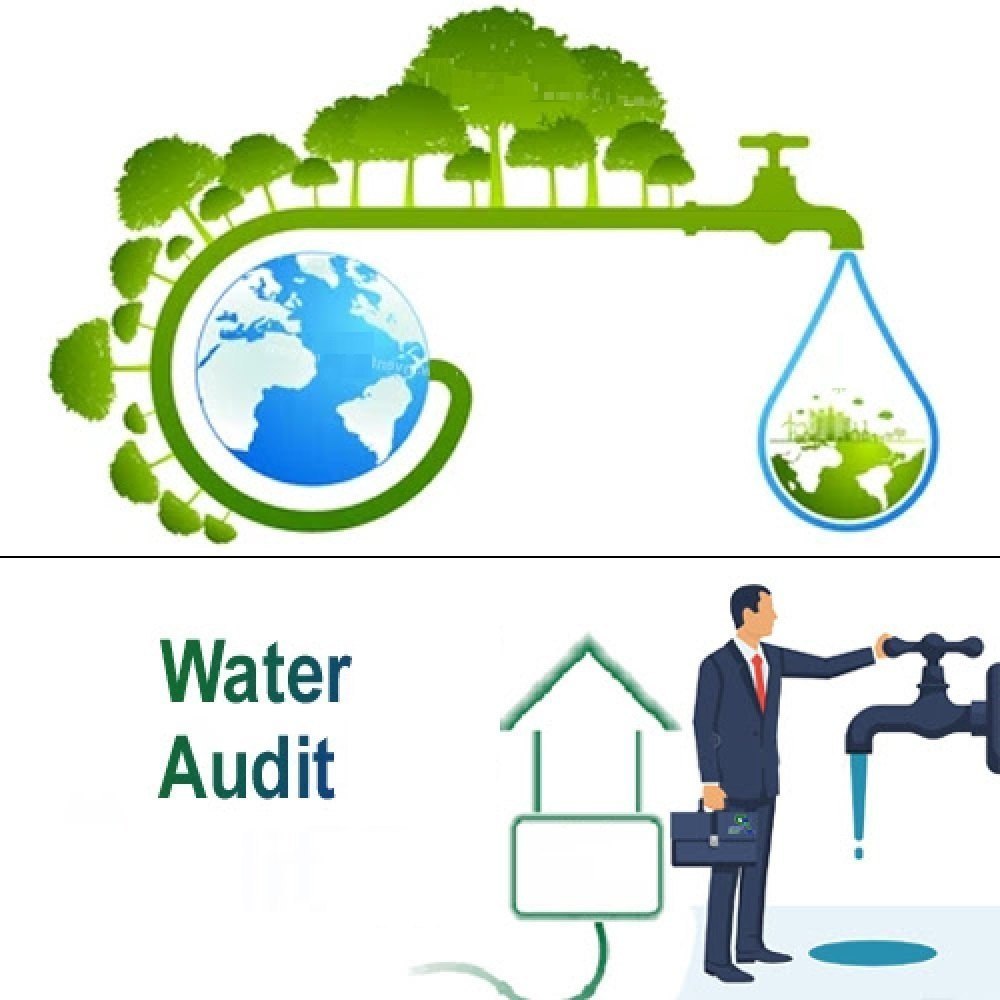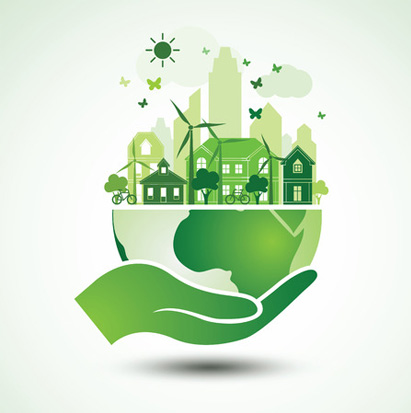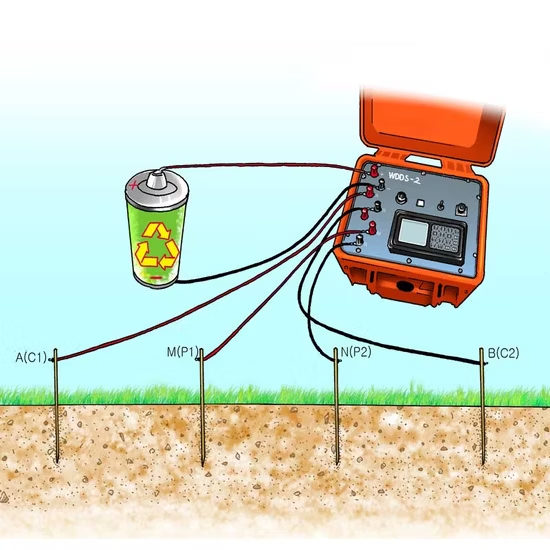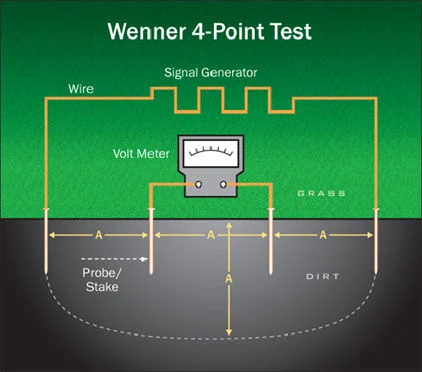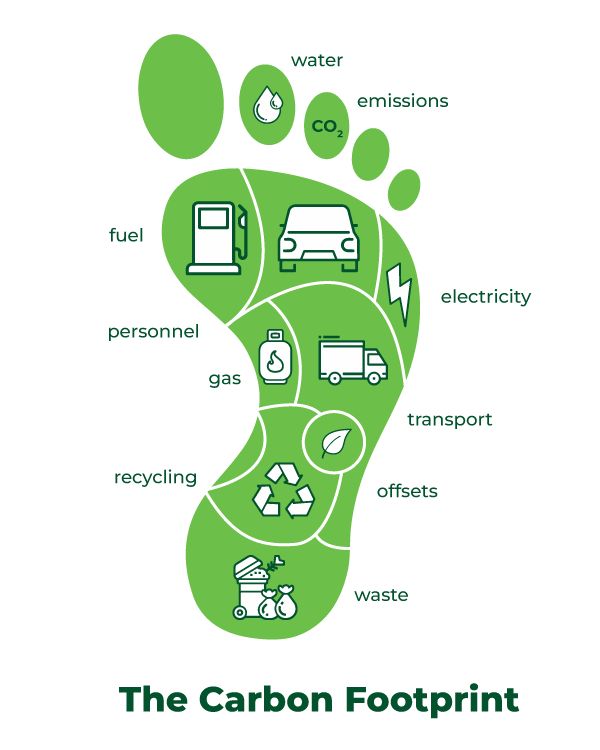Welcome to
What is Water Auditing?
Water auditing is a comprehensive process that examines how water is being used within a facility, building, or system. It involves carefully analyzing water consumption patterns, inspecting equipment and infrastructure, and reviewing operational practices to get a clear picture of where and how water is utilized.
The primary goal of a
A well-executed water audit not only helps conserve this vital resource but also
What is Environmental Auditing?
During an audit, experts examine everything from waste management and energy usage to emissions and environmental risks. They assess whether proper measures are in place to prevent pollution, conserve resources, and manage environmental responsibilities responsibly.
The benefits of environmental auditing extend far beyond regulatory compliance. By uncovering inefficiencies and potential risks, organizations can reduce operational costs, avoid legal penalties, and build a stronger reputation for environmental stewardship. It also demonstrates a genuine commitment to sustainability, which can enhance brand trust and appeal to environmentally conscious customers and stakeholders.
What is Vertical Electrical Sounding (VES) Survey?
Vertical Electrical Sounding (VES) is a widely used
Since different types of soil, rock, and water-bearing layers conduct electricity differently, VES helps create a profile of the subsurface by showing how electrical resistivity changes with depth. High resistivity might indicate dry or rocky ground, while low resistivity often points to the presence of water or clay.
By analyzing these resistivity patterns, scientists, engineers, and hydrologists can map underground layers, locate aquifers, and even assess the quality of groundwater. VES is particularly valuable because it provides critical information without the need for expensive and invasive drilling, making it a cost-effective and environmentally friendly way to investigate what's happening below the surface.
In short, Vertical Electrical Sounding offers a window into the hidden structures beneath our feet, helping experts make informed decisions about water resource management, construction planning, and environmental conservation
What is Soil Resistivity Testing?
Soil resistivity testing measures how much the soil resists the flow of electrical current. This data is essential in various fields, particularly in engineering, construction, and geotechnical studies, where understanding soil properties is crucial.
A major application of soil resistivity testing is in designing effective earthing (grounding) systems. Proper earthing is essential for safely dispersing electrical currents, such as those from lightning strikes or faults, into the ground.
Beyond grounding design, soil resistivity testing also helps in assessing the risk of corrosion for underground pipelines, metal structures, and storage tanks. Areas with low soil resistivity often have higher moisture and salt content, which can speed up the corrosion process, while high resistivity soils might be less corrosive.
One of the most common methods for measuring soil resistivity is the Wenner four-pin technique. In this setup, four equally spaced metal rods are driven into the ground in a straight line. An electrical current is passed through the outer two rods, and the voltage is measured between the inner two. This helps engineers determine the soil’s resistance, which is then used to calculate its resistivity.
By understanding the soil’s electrical properties, engineers and scientists can make better decisions related to construction safety, infrastructure durability, and environmental protection. Soil resistivity testing, though simple in concept, plays a vital role in building safe and sustainable projects.
What is Carbon Footprint Reduction?
Reducing your carbon footprint means taking steps to lower the amount of greenhouse gases—like carbon dioxide and methane—that are released into the atmosphere as a result of your daily activities. Every choice we make, from the way we travel to the food we eat and the energy we use, contributes to our overall environmental impact.
There are many practical ways to shrink your carbon footprint. One of the
Waste reduction also plays a big role. By recycling, composting, and cutting back on single-use plastics, we help limit the production and disposal processes that release harmful gases. Additionally, making thoughtful dietary choices—such as eating more plant-based foods and reducing meat and dairy consumption—can lower the emissions linked to food production.
In short, reducing your carbon footprint is about making smarter, more sustainable decisions in everyday life. Small changes, when multiplied across communities and nations, can have a powerful impact in the fight against climate change and in creating a healthier planet for future generations.
Kinetic Span is a pan-India service provider specializing in sustainable environmental solutions, offering expert services in water auditing, environmental auditing, Vertical Electrical Sounding (VES) surveys, soil resistivity testing, and carbon footprint reduction. Our comprehensive approach helps individuals, businesses, and industries optimize resource use, ensure regulatory compliance, reduce environmental impact, and support long-term sustainability. With a focus on innovation, accuracy, and eco-conscious practices, Kinetic Span is committed to delivering impactful solutions across the country.
From Homes to Industries — Tailored Water Audit Solutions That Save Costs & Resources.
© 2025 Kinetic Span Pvt Ltd. All Rights Reserved.

